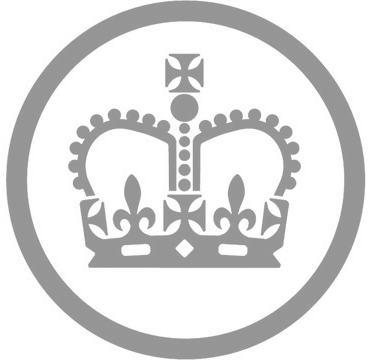 | Register your Business for VAT - £25.99Typical 7-10 day turnaround. Click here to find out more |
Flat Rate VAT Scheme
- Introduction
- What is the Flat Rate Turnover?
- Calculating your Flat Rate Turnover
- VAT Flat Rates
- Accounting and Record Keeping
- Registering for Flat Rate VAT
The Flat Rate VAT scheme is designed to simplify the accounting of VAT by allowing businesses to pay a reduced rate of VAT on their taxable turnover while exempting the business from reclaiming VAT on their supplies. Although there are certain allowances, in the most part any business on the Flat Rate VAT scheme need only concern themselves with VAT on sales.
Here are the key feature of the Flat Rate VAT scheme:
- The business will pay a reduced rate (e.g. 13%) of VAT to HMRC based on their flat rate turnover (see below).
- The business will be unable to reclaim VAT on purchases (with limited allowances).
- The VAT turnover must be £150,000 or less (excluding VAT).
What is the Flat Rate Turnover?
The flat rate turnover is the VAT inclusive total of your sales from which your tax liability will be derived. For example if your flat rate turnover for a quarter is calculated to be £100,000 and your Flat Rate Percentage is 10%, you will need to pay £10,000 to HMRC as your VAT liability.
Calculating your Flat Rate Turnover
It is important to calculate your flat rate turnover correctly, if you over report you will pay too much VAT, if you under report you will pay too little VAT and may be liable for a penalty.
There are essentially 3 methods for calculating your flat rate turnover.
- Basic turnover: if you are accustomed to calculating your VAT liability based on invoice date rather than payment dates (see accrual accounting method).
- Cash based turnover: VAT is calculated and becomes due at the point you receive payment from your customer, not when the invoice was raised (see cash accounting method).
- Retailers turnover: This method is based on your daily takings. You record payments from your customers as you receive them (for example, through your till) and total the takings daily.
You must be consistent in the way you report VAT, whichever method you use above you must stick to it for at least 12 months.
Your flat rate turnover is based on all the sales your business makes, inclusive of VAT for example:
- The VAT inclusive total of all your standard, reduced and zero rated sales
- The total value of exempt income, such as rent and lottery commissions (See Notice 700 in the VAT guide)
- Sale of capital expenditure items
- The value of sales made to other EC Member states.
You can exclude the following from your flat rate turnover:
- Personal income, e.g. from share dividends and savings interest.
- The proceeds from the sale of personal property that are not or have ever been utilised within your business.
- Sales of physical gold that are covered by the VAT Act, Section 55.
- Non business income and sales that are outside the scope of UK VAT.
For more detailed guidance on what to include/exclude from your flat rate turnover please refer to the following guidance.
VAT Flat Rates
The flat rate of VAT assigned to your business will depend on your business activities. If you are in the first year of the Flat Rate Scheme you will be entitled to apply a 1% discount.
To see a full list of business sectors and corresponding VAT rates, please refer to the following guide.
Accounting and Record Keeping
There are now a number of accounting applications that can handle Flat Rate VAT record keeping and returns. Our sister company QuickFile will allow you to create your own VAT sales invoices. The software will calculate your Flat Rate VAT return and allow you to submit it directly to HMRC.
Registering for Flat Rate VAT
We offer an online VAT registration solution for those wishing to obtain a VAT number and join the Flat Rate scheme. Feel free to call or email us if you have any questions. To start a new application click here.
Recent Support Articles
- 12 Jun 2025 - Important Notice: Closure of White Label Company Formation Service
- 12 Jun 2025 - Upcoming ECCT Changes at Companies House - What You Need to Know
- 07 Mar 2025 - LLP Company Name Change E-Filing Service
- 26 Feb 2025 - Terms and Conditions
- 29 Oct 2024 - Directors, Secretaries, Shareholders and PSCs
